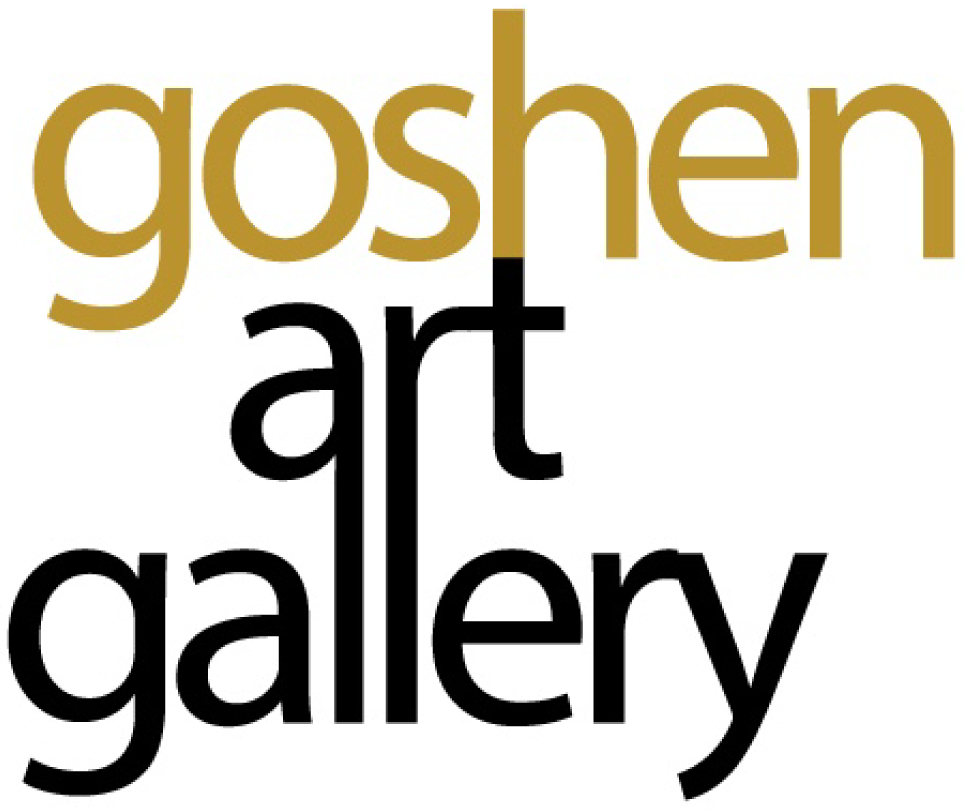Artist: Vincent Chua (b. 1959)
Born and raised in Singapore, established local artist Mr Vincent Chua was born in 1959 into an artistic family. As a young boy, he had always been intrigued by art, especially because he grew up with his artist brother, the late Mr. Chua Ek Kay (1947-2008), who expanded his world by showing him the charms and complexities of art. Vincent loved watching his brother paint and it ignited the passion for art in him, which led him to be the renowned artist he is today.
Mr Chua’s art is unique in the way that he utilizes Chinese Ink, combining it with Western realism and traditional Chinese elements. Using the Western Perspective theory, he creates depth and volume to his works with his shading techniques. By diluting the ink to different levels of concentration and skilfully wielding his brush in various ways, he introduces texture to his paintings. With the methods and style that is specific to him, his art easily captivates the viewers’ attention.
Over the years, Mr Chua has participated in numerous group exhibitions, and on 31st July, 2019, he held his first solo art exhibition at the Pan Pacific Hotel Singapore, organized by Goshen Art Gallery. His works have been featured internationally in countries including China, India, Korea and Malaysia, and he has won several awards such as the Dr. Tan Tsze Chor Award in the Open Chinese Ink Category in 2014, and the “Excellence Art Award” for the World Artists Invitation Art Exhibition in 2011. Supplementary to his outstanding accomplishments, Mr Vincent Chua often participates in the local art scene, being involved in events like the annual National Day and has had his works featured in Teochew Art Exhibition organized by the Ngee Ann Cultural Centre.
Chinatown (Singapore)
“Forget it, Jake. It’s Chinatown.” (Chinatown, 1974) The iconic line uttered in the 1974 neo-noir mystery film directed by Roman Polanski could be touted as one of the most representative phrases of the place. Unlike the gritty, vicious, mysterious image associated with that Chinatown, Singapore’s Chinatown is an area beloved and frequented by many locals, young or old. Balancing heritage and gentrification, the preservation of cultural and historical institutions are as valued as re-modifications to appeal to a younger crowd. The contrast between the ‘new’ and the ‘old’ is obvious in Mr Chua’s painting that features Indian and Chinese temples, and shophouses in the foreground while high-rise estate buildings form the background. Chinatown (Singapore) may be seen as a commentary on Singapore’s rapid advancement that overlaps with the architectural remains of its past that, instead of acquiring a withered look, are portrayed as institutions firmly ingrained in the local cultural fabric.
Mr Chua’s selection of this particular area in Chinatown where Indian and Chinese temples coexist may also be his way of championing racial harmony. The ornate 1827 Sri Mariamman Temple and Buddha Tooth Relic Temple and Museum stand alongside each other, its worshippers and believers exchanging glances each time they cross paths. This brief encounter is far from superficial and with rising racial and religious friction, a peaceful concurrence is heartening. Singapore’s Chinatown, rather than adopting a literal translation of the term China-town (唐人-街), it is instead known as bullock water cart street (牛车水). By retaining this name that is based on an ancient transportation device that has since grown out of popularity with the invention of the car, Chinatown may be paying a tribute to its historical past. More importantly, calling the district “bullock water cart street (牛车水)” rather than “China-town (唐人-街)” signals that it should no longer be viewed as a cultural enclave for Chinese, but as a cosmopolitan hubs where all ethnicities congregate.
Central Fire Station (Singapore)
In Central Fire Station (Singapore), Mr Vincent Chua once again plays with temporal contrast as he paints 21st century cars beside the 20th century structure. Once the tallest building and the oldest fire station in Singapore, the Central Fire Station now showcases the country’s development of civil defence since the 19th century. Completed in 1909, the colonial-age construction modelled after British architectural style is also contrasted to the East Asian black and white ink wash painting style. Mr Chua’s painting involves an exact replication of the building that requires fastidious care to ensure details are accurate. This process is highly painstaking as the artist would have to restart the piece if there were a mistake. Unlike oil paintings which may disguise flaws with an additional layer of paint, the delicate rice paper on which Mr Chua paints does not permit anything less than excellence, truly a testament to his skill.
Cathedral of Santiago
A UNESCO heritage site, the Cathedral of Santiago in Spain is of important historical, cultural and religious significance, most reputed as the burial sight of Saint James the Great, the apostle of Jesus Christ. The shrine and the land of pilgrimage have inspired countless writers, poets, and artists, including American novelist Ernest Hemingway and Irish poet Liam Ó Muirthile, who have referred to either its aesthetic or the town’s spirituality.
The black and white colours of the artwork gives the cathedral a sombre, haunting look unlike other paintings that convey its grandeur and opulence through rich colours. Mr Chua’s precise brush strokes bestow the painting with a sculptural look and art appreciators would delight in analysing each carving of the towering cathedral that casts long, phantomous shadows.
An intelligent, worldly man, Mr Vincent Chua’s cryptic paintings rely heavily on contradiction with veiled meanings that are to be deciphered by his audience. Mr Chua’s success with the unlikely combination of the old and the new, the colonial past and independent present, and the West and the East is like capturing lightning in a bottle. To quote the prolific German painter Max Ernst, “Creativity is that marvellous capacity to grasp mutually distinct realities and draw a spark from their juxtaposition.”



